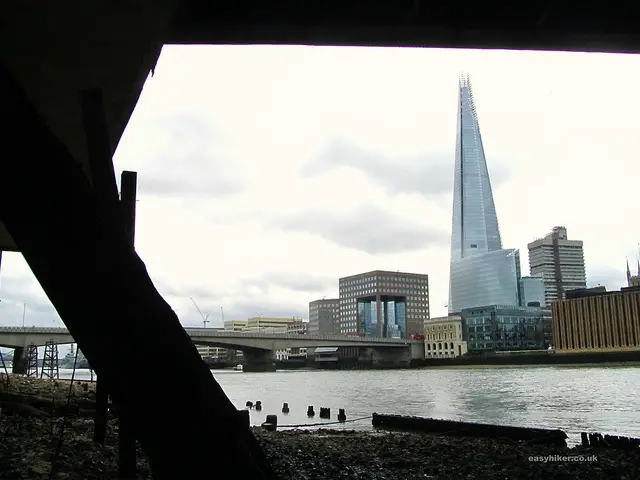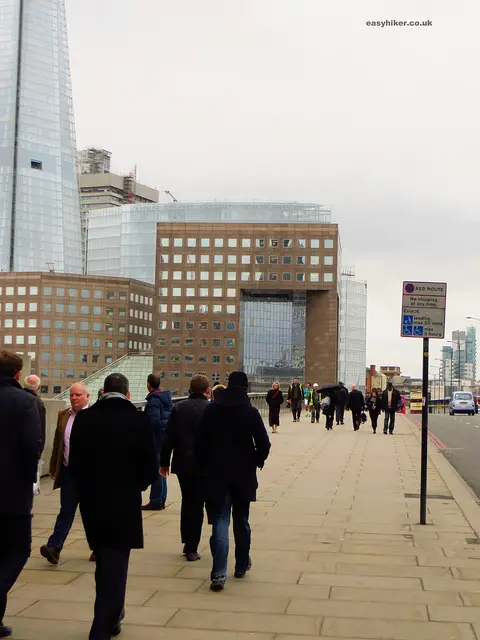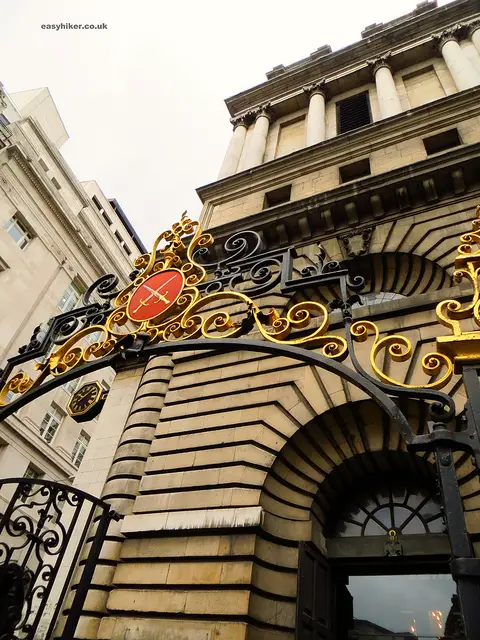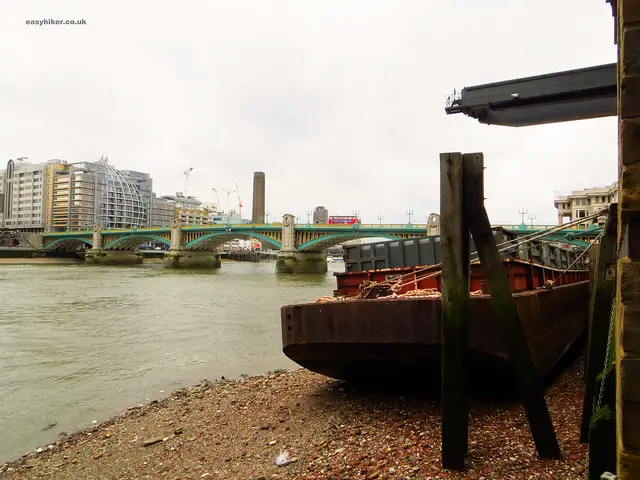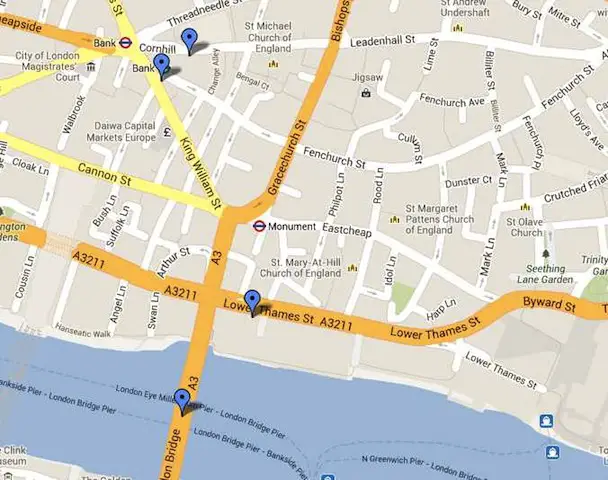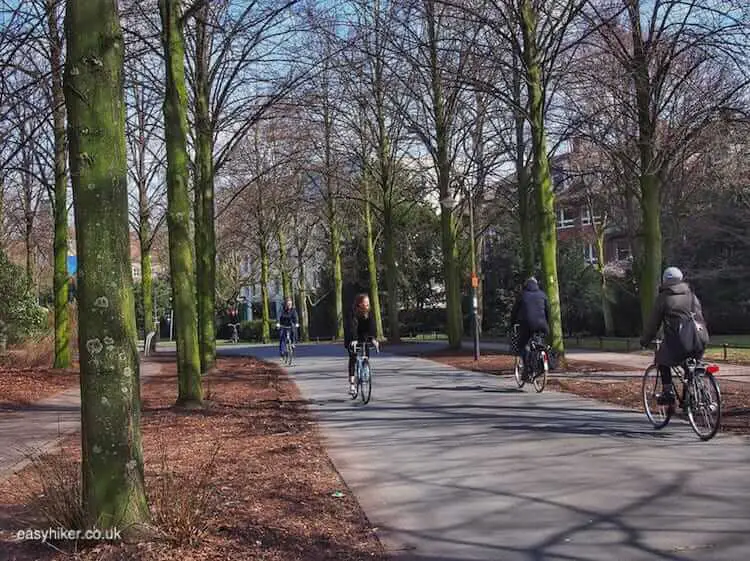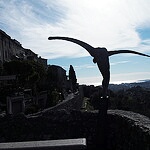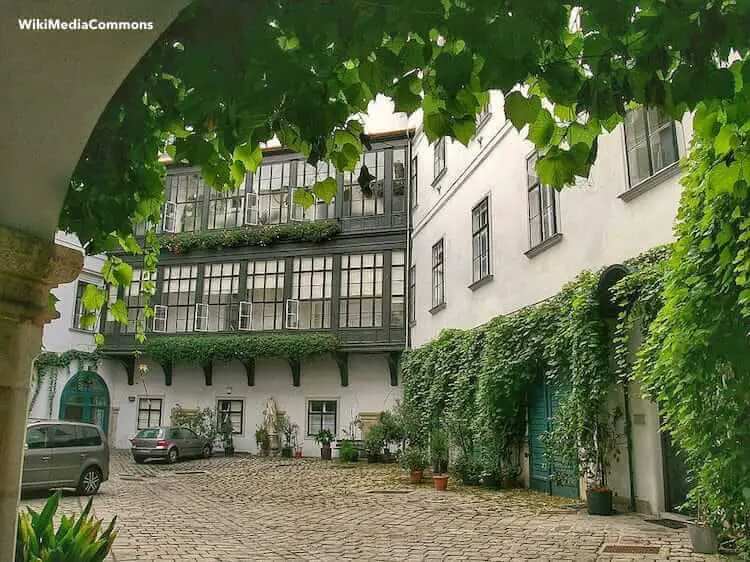Themed London Walks
Poetry in Motion Part 2: T. S. Eliot’s The Waste Land
The Waste Land is the most famous English poem of the 20th century, but also the one most likely to scare readers away.
For this, T.S. Eliot himself is to blame. The notes he published alongside the poem – mainly to “pad out” what would otherwise have been an even slighter book – appear to tell the reader: Sorry, old chap, but if you cannot read German, Italian or Sanskrit in the original and if you are not familiar with medieval imagery or Ovid, then this is not for you, so you may now return to your comic books, birdbrain.
Actually, and Eliot came close to admitting that himself much later in his life, the notes are a bit of a red herring. They certainly appear to make the poem coherent, but many educated readers – who are far more competent than me to pass judgment in these matters – agree that incoherence is very much woven into The Waste Land’s fabric.
The poem, they argue, actually wants you to feel clueless and aghast, perhaps even a little frightened – talking in different voices, some of which are trying to tell you a story, while others are making an argument or even shout at you, often at the same time and interrupting each other. (Not a bad metaphor for the experience of urban life, at any rate.)
What is clear is that one of the voices in which Eliot has written his poem appears to take you on a guided walk through the City of London. This is the voice we are going to concentrate on today, ignoring all the others and leaving them for the literary critics.
London, more precisely the City of London, the town’s financial district, puts in its first appearance in the last paragraph of Part 1.
Unreal City,
Under the brown fog of a winter dawn,
A crowd flowed over London Bridge, so many,
I had not thought death had undone so many.
This is a strangely hostile phrase considering that Eliot himself would have been one of those “Zombie” commuters that he describes on their way to work.
After all, Eliot himself was such a foot soldier in the City of London: not for a summer job, not for a brief interlude between two jobs in academia or publishing, but for eight long years. Eight years! Five days a week from nine thirty to six and every other Saturday until lunch, he sat at the foreign desk of Lloyd’s Bank, two floors down in the basement of the building, converting currencies from and into Sterling.
The other drones at the bank valued him as a respectable, if perhaps a trifle unambitious colleague with a strange and nerdish hobby. (Imagine your surprise if your colleague – the one who makes matchstick models of the Eiffel Tower and the Taj Mahal – were suddenly to win the Turner Prize!)
So London Bridge is where we start, crossing the Thames northbound into King Willam Street and walking across Lower Thames Street on the overpass.
O City City, I can sometimes hear
Beside a public bar in Lower Thames Street,
The pleasant whining of a mandoline
And a clatter and a chatter from within
Where fishermen lounge at noon: where the walls
Of Magnus Martyr hold
Inexplicable splendour of Ionian white and gold
Magnus the Martyr is the church you see on the street’s right hand side – you will have to walk down and enter to judge whether the Ionian white and gold is really so inexplicable, considering that this is a church after all.
And do not expect to hear too many “pleasant whinings” down Lower Thames Street on your way: even if there were any mandolines left, they would be drowned out by the much less pleasant roar of the lorry traffic. (And the last fisherman probably lounged here sometime in the era of Charles Dickens.)
At the next big intersection, Cannon Street veers off to the left.
Unreal City
Under the brown fog of a winter noon
Mr Eugenides, the Smyrna merchant
Unshaven, with a pocket full of currants
C.i.f. London: documents at sight,
Asked me in demotic French
To luncheon at the Cannon Street Hotel
Followed by a wee at the Metropole
Mr Eugenides appears to have rather taken a shine on the person behind this particular voice, bearing in mind that the Metropole was a grand and expensive hotel in the slightly unsalubrious seaside resort of Brighton.
The hotel still exists, unlike the Cannon Street Hotel which was bombed, together with the train station to which it had been attached, in WWII and, unlike the train station, never rebuilt.
Which is why we shall not bother with Cannon Street any further, turning instead less sharply to the left, “north-north-west”, continuing down King William Street: where Mr Eliot’s “London guided walk” voice had wanted us to go all along, in that final paragraph of Part 1.
Flowed up the hill and down King William Street,
To where St Mary Woolnoth kept the hours
With a dead sound on the final stroke of nine.
St Mary Woolnoth is the church on the corner with Lombard Street, on your right hand side just before you reach the large public square opposite the Bank of England.
On this square, turn right into Cornhill: we are now approaching the place where much of this post’s subject was concocted, and there it is, just on the right hand side of the large equestrian statue.
17 Cornhill was the address of the Colonial and Foreign Department at Lloyd’s Bank, where Eliot worked until 1920 when he moved to the bank’s head office at 71 Lombard Street around the corner. (On his way to work, he apparently loved to take a shortcut from St Mary Woolnoth through a narrow passage called Pope’s Head Alley which still exists.)
We could end our walk here, but to really do justice to the subject of London and The Waste Land, we shall have to return to the river Thames which plays such an important part in the poem. All of the bleakness of urban life is here:
The river’s tent is broken: the last fingers of leaf
Clutch and sink into the wet bank. The wind
Crosses the brown land, unheard. The nymphs are departed.
Sweet Thames, run softly, till I end my song.
The river bears no empty bottles, sandwich papers
Silk handkerchiefs, cardboard boxes, cigarette ends
Or other testimony of summer night. The nymphs are departed.
And their friends, the loitering heirs of city directors;
Departed, have left no addresses.
To follow the flow of the poem further, we would have to turn east:
The river sweats
Oil and tar
The barges drift
With the turning tide
Red sails
Wide
To leeward, swing on the heavy spar.
The barges wash
Drifting logs
Down Greenwich reach
Past the Isle of Dogs
Following which Richmond and Kew also receive name-checks – which means that, finally, we have to abandon any plan that we might have had to follow on our own two feet the trail of Mr. Eliot’s imagination.
From Greenwich to Richmond, that’s a good 15 miles by the banks of the river, which means that you would have to leave early just to be there before dusk. Never mind the question of what you may expect from recreating the experience of raising your knees “supine on the floor of a narrow canoe”.
Better instead to return to London Bridge, for the poem’s final flourish: London Bridge is falling down falling down falling down
Inevitably, if you think about it, all things considered. The rest, as they say, is all.

